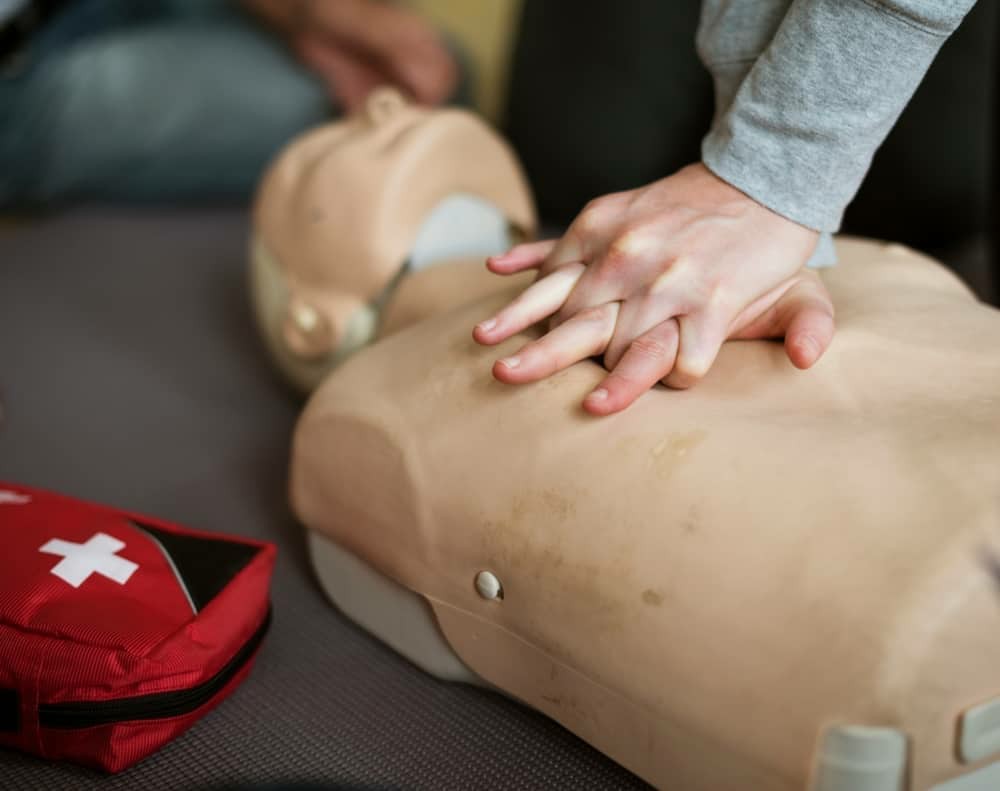Empower Your Workplace: The Unmatched Value of First Aid & CPR Training
In a world where emergencies can strike at any time, the ability to respond swiftly and effectively can make all the difference. First Aid and CPR training is not just a safety precaution; it's a vital skill set that empowers individuals and organizations to handle medical emergencies with confidence. This blog post explores the significant benefits of obtaining First Aid Certification and how enrolling in comprehensive First Aid Courses can enhance workplace safety and ensure compliance with health and safety regulations.
The Importance of First Aid & CPR Training
Emergencies in the workplace can arise unexpectedly, from minor injuries such as cuts and bruises to life-threatening situations like cardiac arrests. Being equipped with basic emergency response skills is essential for every employee. With the right training, staff members can provide immediate assistance, minimizing harm and ensuring that professional medical help is called when needed.
Essential First Aid Skills Every Workplace Should Implement
- Basic First Aid Techniques: Learning to treat wounds, burns, and sprains is fundamental. Employees trained in first aid can administer appropriate care until emergency services arrive.
- Recognizing Medical Emergencies: Training helps individuals identify signs of serious medical conditions, such as strokes or heart attacks, enabling prompt action.
- First Aid Response Protocols: Designed to guide employees in handling various emergencies, including slips and falls or exposure to hazardous materials.
Understanding CPR: Essential Techniques for Workplace Emergencies
Cardiopulmonary resuscitation (CPR) is a life-saving technique crucial for responding to someone who has stopped breathing or whose heart has ceased to function. Effective CPR performed immediately can double or triple a victim's chance of survival. Key components include:
- Chest Compressions: Delivering effective compressions can maintain blood flow until paramedics arrive.
- Rescue Breaths: Administering rescue breaths helps to provide oxygen to the lungs and is crucial for adults, children, and infants.
- AED Usage: Training includes guidance on how to use an Automated External Defibrillator (AED), an essential device that can restore a normal heart rhythm.
How First Aid Certification Ensures Workplace Health & Safety Compliance
Compliance with health and safety regulations is a top priority for businesses. Many organizations require First Aid training as part of their health and safety programs. Achieving First Aid Certification ensures that your workplace meets legal obligations while also fostering a culture of safety. Key compliance benefits include:
- Regulatory Requirements: Many industries mandate that a certain number of employees be trained in first aid to comply with health and safety regulations.
- Reduction of Liability: By ensuring that staff are trained and certified, businesses can significantly reduce their liability in case of an emergency.
- Enhanced Employee Morale: Employees feel more secure knowing they have the skills necessary to react appropriately in emergencies, leading to a more productive work environment.
Emergency First Aid Procedures: Step-by-Step Guide for Immediate Action
Understanding emergency procedures can significantly impact the outcome of a crisis. Training courses cover a range of emergencies, including:
- Fire Emergencies: Evacuation procedures and the use of fire extinguishers.
- Medical Emergencies: Step-by-step methods for dealing with specific conditions such as choking, allergic reactions, and cardiac emergencies.
- Injury Management: Protocols for quickly assessing injuries and determining the best course of action.
Choosing the Best First Aid Training Course for Your Employees
With various options available, choosing the right First Aid Course can be a daunting task. Here are some factors to consider:
- Certification Validity: Ensure the course offers nationally recognized certification.
- Course Content: Review the syllabus to ensure it covers all essential topics relevant to your workplace.
- Delivery Methods: Consider options like online First Aid courses for convenience or in-person training for hands-on practice.
Advantages of Online First Aid and CPR Training for Busy Teams
For organizations with tight schedules, online training courses provide a flexible learning environment. Some benefits include:
- Flexibility: Employees can learn at their own pace and choose convenient times for training.
- Cost-Effective: Online training can often be more affordable than in-person sessions.
- Instant Access: Participants can access training materials and resources at any time, which is especially useful for refresher courses.
Conclusion & Call to Action
First Aid and CPR training is an invaluable investment in your workplace's safety and overall wellbeing. Empower your team with the knowledge and skills they need to handle emergencies effectively. Ready to enhance your workplace safety? Enroll in our comprehensive First Aid & CPR training courses today! For inquiries, contact us at [email protected].



 349,500 Offered Certificates
349,500 Offered Certificates
 24/7 Online Training
24/7 Online Training
 Money Back Guarantee
Money Back Guarantee
 Fully Accredited Courses
Fully Accredited Courses
